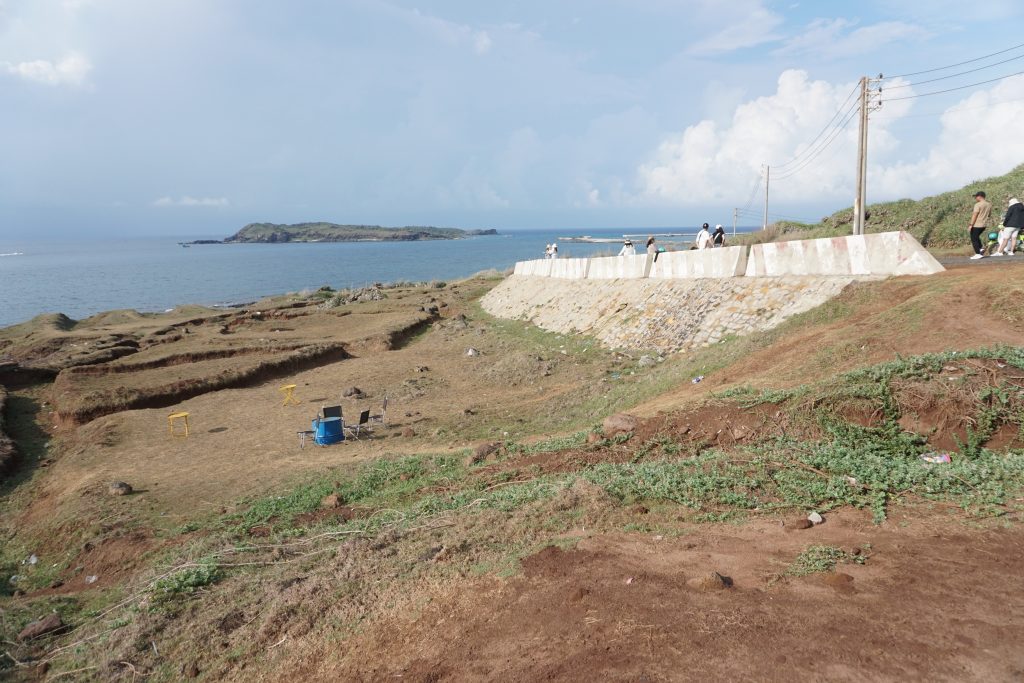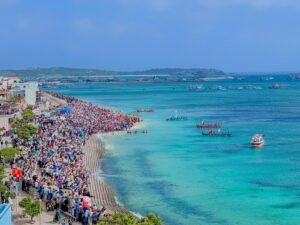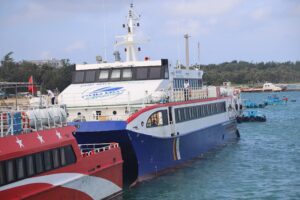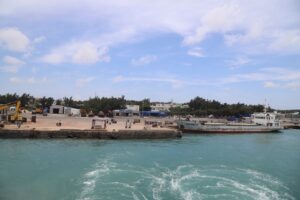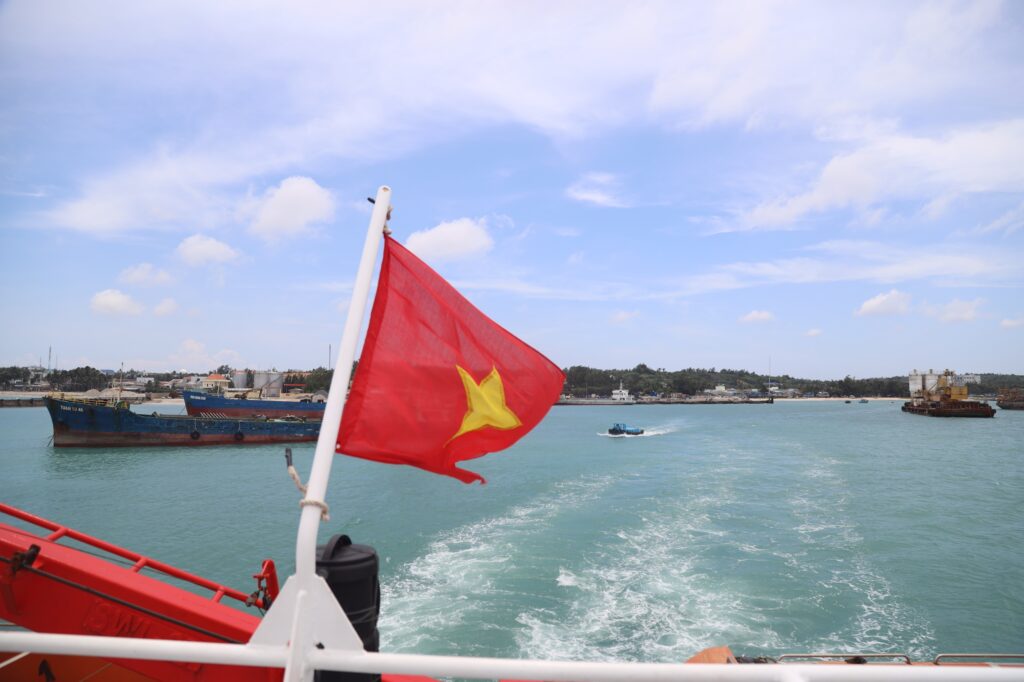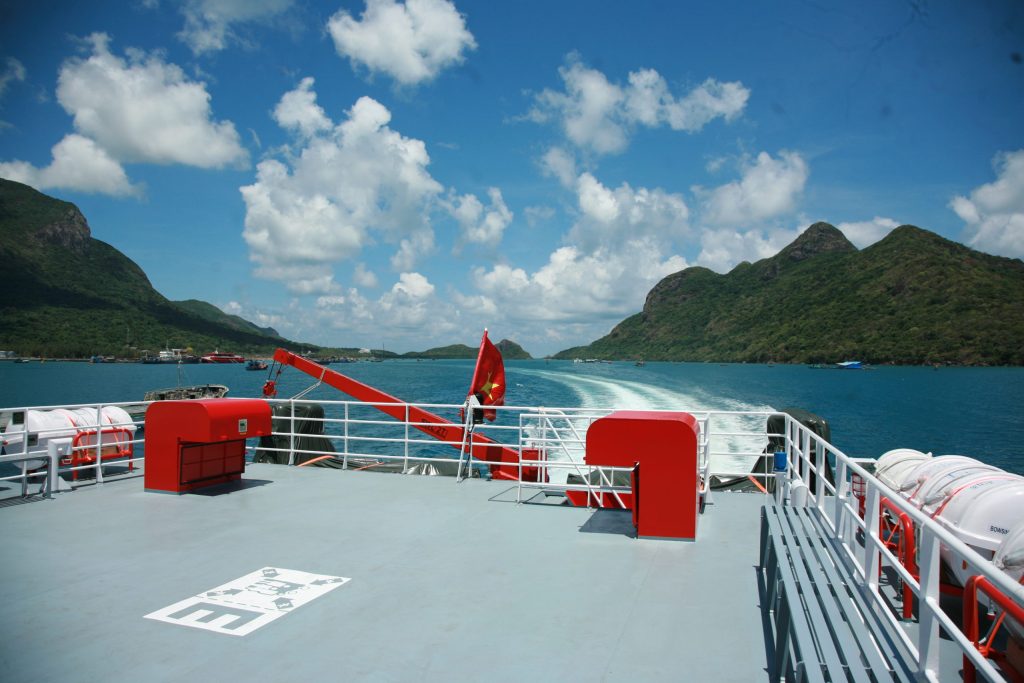Due to the strong influence of the monsoon circulation mechanism in Southeast Asia, Phu Quy Island has two distinct and contrasting prevailing winds: the southwest monsoon from May to October (referred to as the South Season by the island’s residents) and the northeast monsoon from November to April of the following year (referred to as the North Season).
Phu Quy experiences fewer than 40 rainy days per year. The wind speed is high, averaging around 6.0 m/s, which is 2-3 times faster than the wind speed on the mainland. The relatively high wind speed in Phu Quy provides favorable conditions for the development of various water sports, tourism, sightseeing, entertainment, attracting international tourists. However, during the North Season, the wind speed on the sea is often very strong, reaching level 6, 7, and sometimes even level 8 or 9. This season is not favorable for maritime transportation, causing difficulties in transportation between the island and the mainland.
Phu Quy Island is usually affected by storms for only two months, October and November, and the likelihood of storms in this area is lower compared to other regions, occurring on average 0.66 times per year (in the past 60 years). Some notable storms that have affected Phu Quy Island since 1968 are as follows:
- In November 1968, Typhoon Mamie with wind speeds of level 8 and 9.
- In October 1963, Typhoon Kim with wind speeds of level 8, 10, and 11.
- In November 1994, Typhoon Tess with wind speeds of level 10 and 11.
- In September 2006, Typhoon Chan Chu.
Although storms are infrequent, Phu Quy Island is frequently affected by tropical low-pressure systems. These tropical low-pressure systems generate strong disturbances in the weather patterns of this region. Storms and tropical low-pressure systems are often intense, bringing heavy rainfall and strong ocean waves, leading to coastal erosion on the island, changing the coastline, and causing physical damage to the area. The prolonged presence of tropical low-pressure systems and frequent strong wave activity prevent many boats and ships from going to sea for fishing.
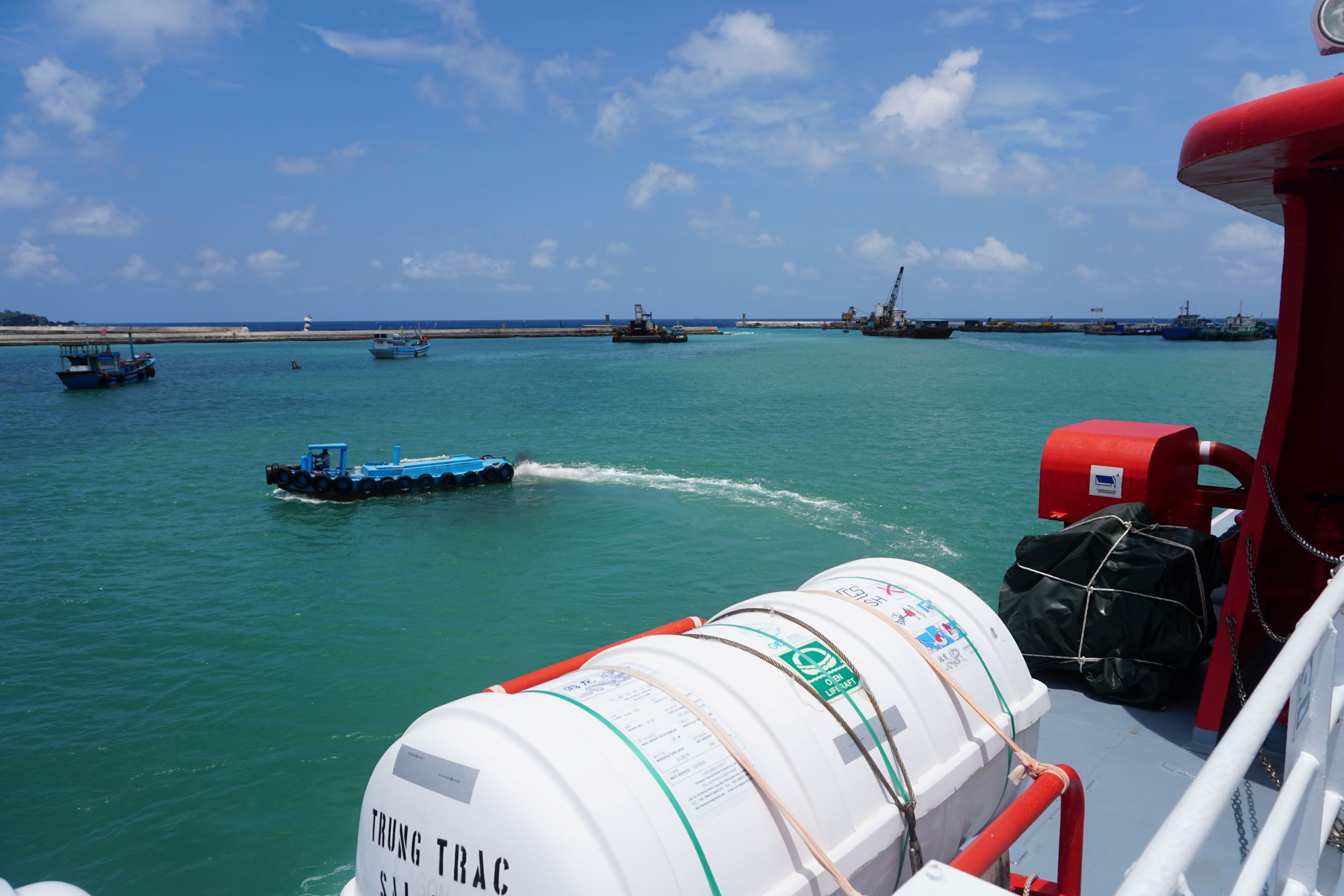
Phu Quy Island receives relatively low annual rainfall, about 1,200 mm per year. The rainy season coincides with the southwest monsoon, while the dry season aligns with the northeast monsoon. The rainy season lasts for 7 months, starting from May and ending in November, with the highest concentration of rainfall in May and June (accounting for 90% of the total). The amount of rainfall may be low, but it often comes in heavy showers, resulting in a large volume of water. After rainfall, the weather quickly clears up with sunny skies and a cool breeze. The clean roads without mud contribute to a pleasant and comfortable atmosphere, providing a sense of relaxation for visitors.
The average humidity throughout the year ranges from 75% to 85%. The total radiation reaches 150 kcal/cm2 per year, with a total of 2,800 – 2,900 hours of sunshine per year. The average temperature ranges from 22°C to 28°C. Although it is sunny, the coastal climate keeps it cool throughout the year due to the direct influence of the sea air.
With its highly variable rainfall patterns and a prolonged dry season, agriculture production and water supply for daily living face significant challenges. Additionally, the strong northeast monsoon also poses difficulties for fishermen. Transportation between the island and the mainland is limited during this season, resulting in very few or almost no tourists visiting the island. The tourism season on the island is clearly influenced



